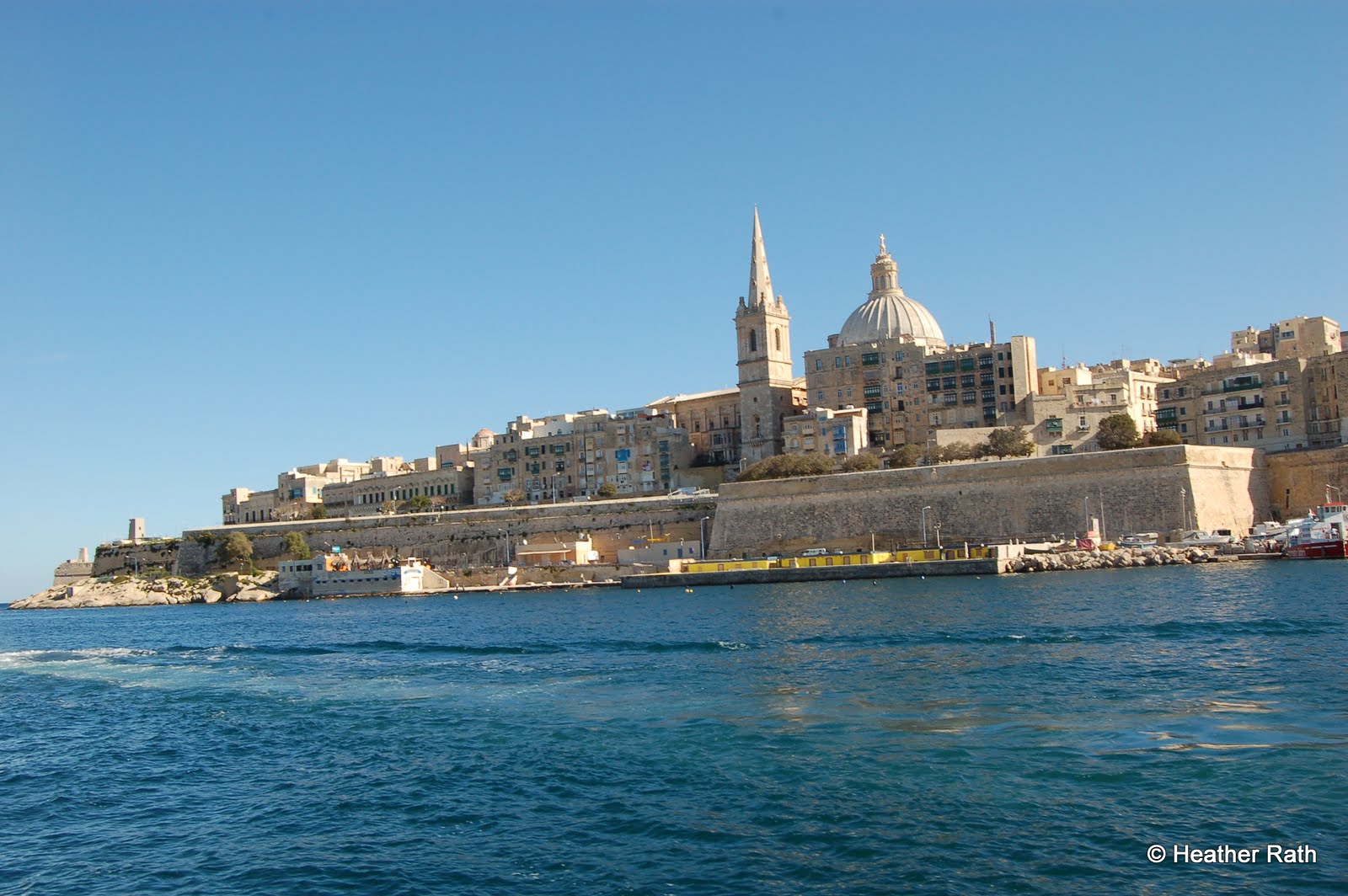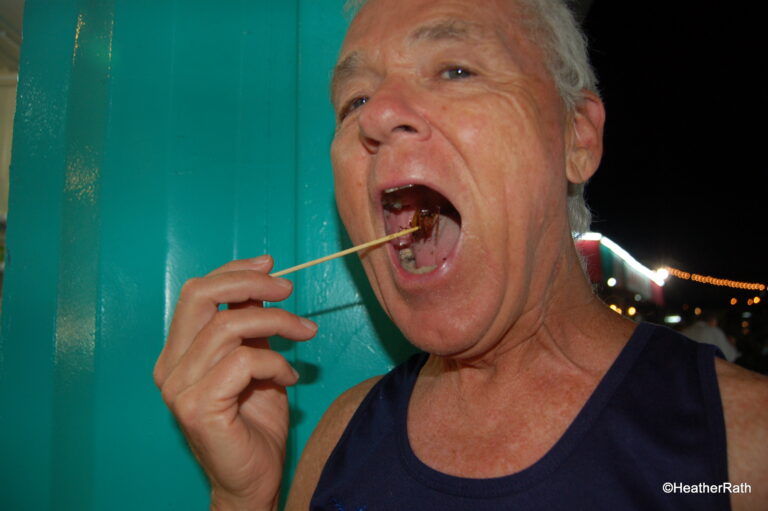Island of Malta: Religious Zeal and War
Swashbuckling heroes or demons?
The history of the island of Malta is intertwined with the Knights of St. John, aka the Knights of Malta.
One of the most powerful political organizations in the late Middle Ages, the Order of St. John of Jerusalem, commonly known as the Knights Hospitallers, was filled with members of the richest aristocratic families of Europe.
Formed in Jerusalem in the 11th century to provide hospital care and protection to Christian pilgrims travelling to the Holy Land, the Knights soon became one of the most foremost military powers in the region.
Heroes
Because of their defense of Corinth against Muslim attacks, the Holy Roman Emperor, Charles V, offered them Malta in 1530 as a reward.
The Maltese Cross
The famous Maltese Cross, emblem of the Knights, shows eight points. Each point represents the eight areas in Europe from which the Knights drew membership – Germany, Italy, France, Anglo-Bavaria, Auvergne (a region of France), Castille and Portugal, Provence and Aragon (Spain).
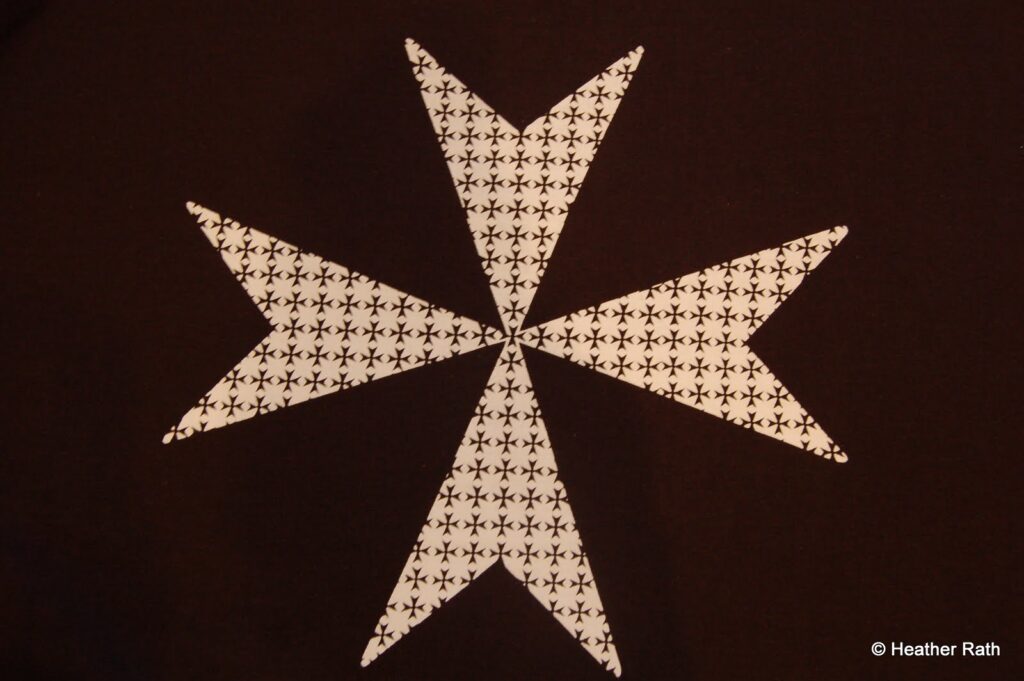
Mdina
Narrow, winding, walled streets in Mdina, the original capital of Malta, are characteristic of that era. The Knights, however, settled in the Valletta area of the island. A largely marine force, they found the nearby harbour more suitable to their needs.
Mdina was gradually abandoned after 1530 and became the ‘Quiet City’ since few lived there. Valletta became the capital in 1566.
Today only 360 people live in Mdina and only cars belonging to the residents, or those with special permits, are allowed inside the town. A major goal is to keep the town as close to its original state as possible.
Valletta
Valletta was heavily fortified by the Knights. In 1566, 8,000 slaves and artisans worked to develop a fortification, cutting a drainage system into the bedrock and laying out a regular grid of streets. Valletta was to be the first planned city in Europe. Fortifications were in place within five years; the new city boasted churches, palaces, residential streets and a hospital.
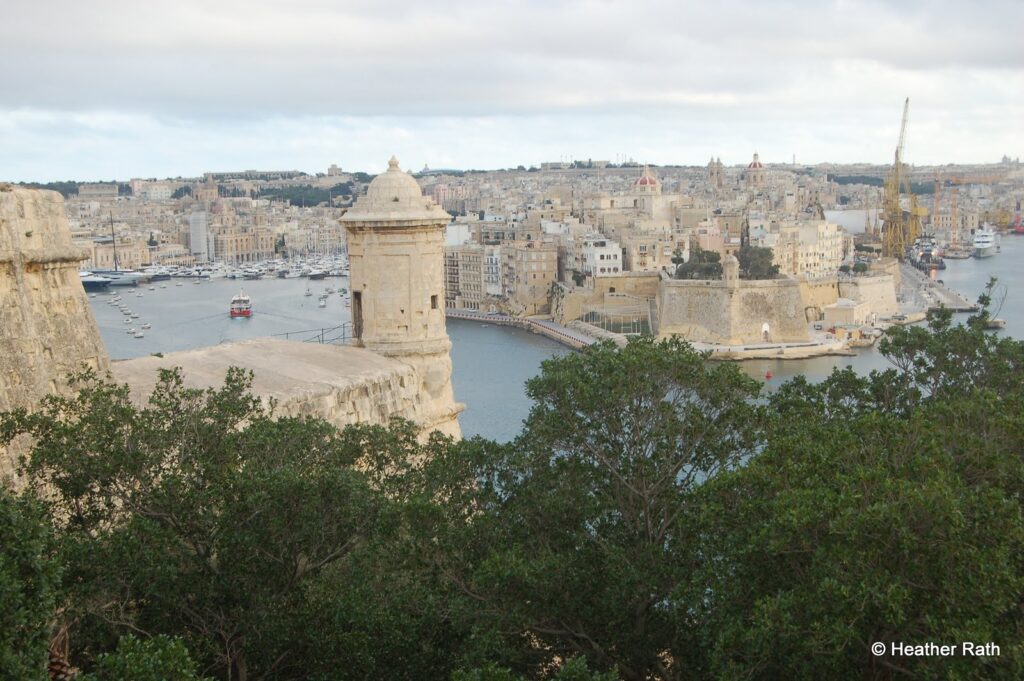
Modern War
Because of their resistance during WW II, King George VI awarded the George Cross to the Maltese for their bravery. The plaque, dated April 15, 1942, reads: To honour her brave people, I award the George Cross to the Island Fortress of Malta to bear witness to a heroism and devotion that will long be famous in history.
Mosta Dome Miracle during World War II
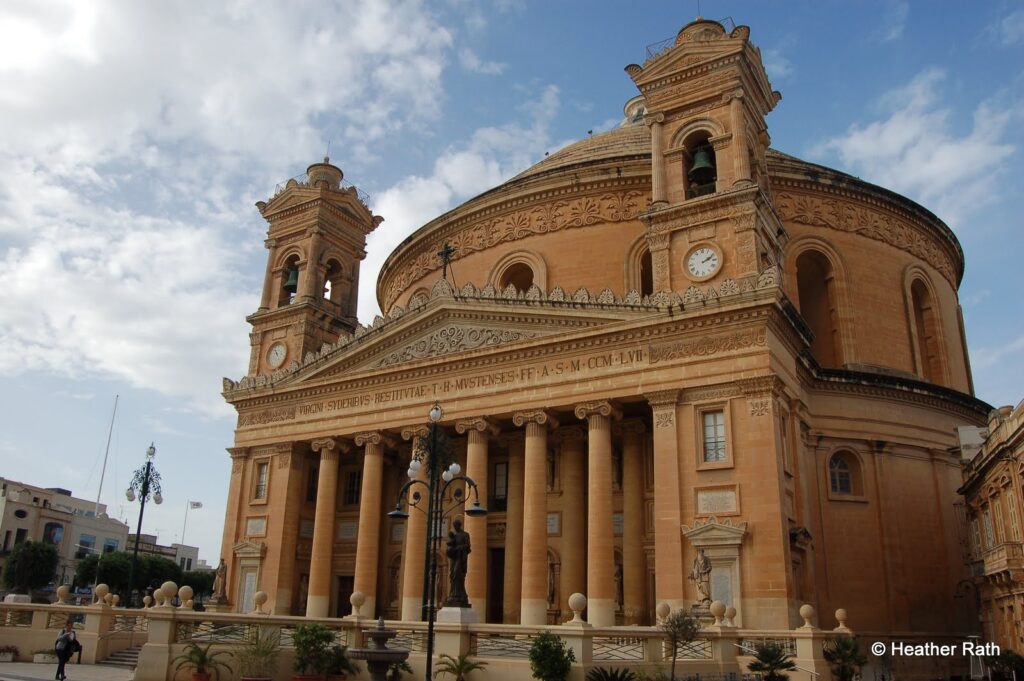
In central Malta sits the impressive Parish Church of Santa Maria with its famous Mosta Dome: one of the broadest unsupported domes in Europe. At 39.6 m diameter, it is exceeded only by the Pantheon at 43m and St Peter’s at 42.1 m (both in Rome).
During WW II, three German bombs dropped on this church. Two fell off the dome but did not explode. The third fell through the dome amidst 300 parishioners. Miraculously this bomb did not explode either; both church and people survived unharmed.
Years later, the German pilot who dropped the bombs returned to Mosta to apologize. Parishioners greeted him warmly, holding a celebration in his honour.
Trivia
– the Maltese Cross has been adopted by fire departments worldwide as a badge of honour, signifying the fire fighter works courageously…a ladder rung away from death.
– the code for flights of Air Malta is “KM” – Knights of Malta.
– the word Mdina (often misspelled as Medina) is correct. ‘Mdina’ in Arabic means capital.
Travelled: Fall, 2012
Read more of our blogs
